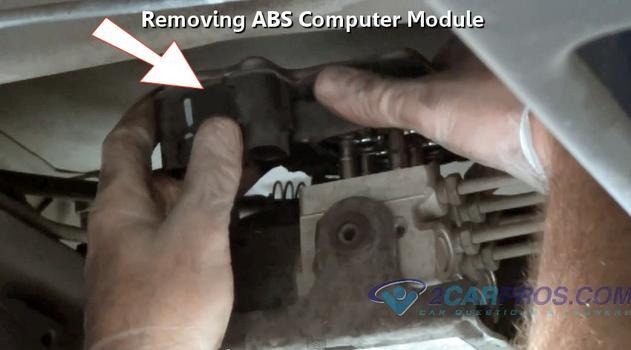There's two things to be aware of. First, if you never let the reservoir run empty, no air will get into the system. If you do let air go down the lines, it can pool inside the anti-lock brake hydraulic controller. That results in a soft brake pedal. Most ABS systems require the use of a scanner to command some of the valves to cycle open to expel the air, then that air can flow to the wheels and be bled out.
The second thing to watch for is to never push the brake pedal more than halfway to the floor. This doesn't apply when the master cylinder is less than about a year old. After that, crud and corrosion can build up in the lower halves of the bores where the pistons don't normally travel. Pushing the pedal to the floor runs the rubber lip seals over that crud and can tear them. That results in a slowly-sinking brake pedal, and very commonly that takes two or three days to show up. The same thing happens when you're surprised by a blown rubber flex hose, and you push the pedal to the floor. In cases like that where the master cylinder could be damaged, many shops automatically include a rebuilt master cylinder as part of the repair estimate.
Brake bleeding equipment can speed up this procedure, but you can do a system flush without it. I loosen the cap on the reservoir to prevent a buildup of vacuum as the fluid leaves, then I open the bleeder screws and let them drip for a while. If the fluid runs too slowly, you can help it by pressing the brake pedal a few times, but again, no more than halfway to the floor, and don't let the reservoir run empty. Another trick that can save a little time is to use a clean suction tool to remove the old fluid from the reservoir, then refill it with fresh, clean brake fluid. No sense pushing all that old fluid down the lines.
All manufacturers have a recommended interval for replacing brake fluid, but few people follow it because the systems are so trouble-free. The purpose is to remove moisture that has built up in the fluid over time. That moisture actually sneaks in through the porous rubber flex hoses and when the cap is off the reservoir. It promotes corrosion of metal parts, and it lowers the boiling point of the brake fluid. That can lead to one form of brake fade.
Some people think brake fluid has to be replaced when it turns dark, but that just means it was hot. Turning dark is normal and should not be the only reason to replace the fluid.
I do have one more very important thing to watch out for. That is to prevent brake fluid contamination with any type of petroleum product. That includes engine oil, power steering fluid, transmission fluid, axle grease, and penetrating oil. Specialists even wash their hands with soap and water before touching brake parts that contact brake fluid to avoid contamination with fingerprint grease. Of particular concern here is we often use an old turkey baster to suck out old brake fluid from the reservoir. That tool must never be used for anything other than brake fluid. If it was used for engine oil, for example, then wiped off, there will still be plenty of residue to contaminate the brake fluid. As little as one drop of petroleum product can result in a very expensive repair. Once the fluid has been contaminated, the only proper repair is to replace every part that has a rubber part that contacts the brake fluid. That includes rubber flex hoses, master cylinder, calipers, wheel cylinders, ABS hydraulic controller, combination valve and / or rear height-sensing proportioning valve. If any part is not replaced, the contamination can leach out of it and recontaminate the new parts and fluid. Fortunately, we don't run into this very often, but it is still worth mentioning.
Let me know if this helps, and how your project turns out.
Saturday, April 12th, 2025 AT 7:29 PM



